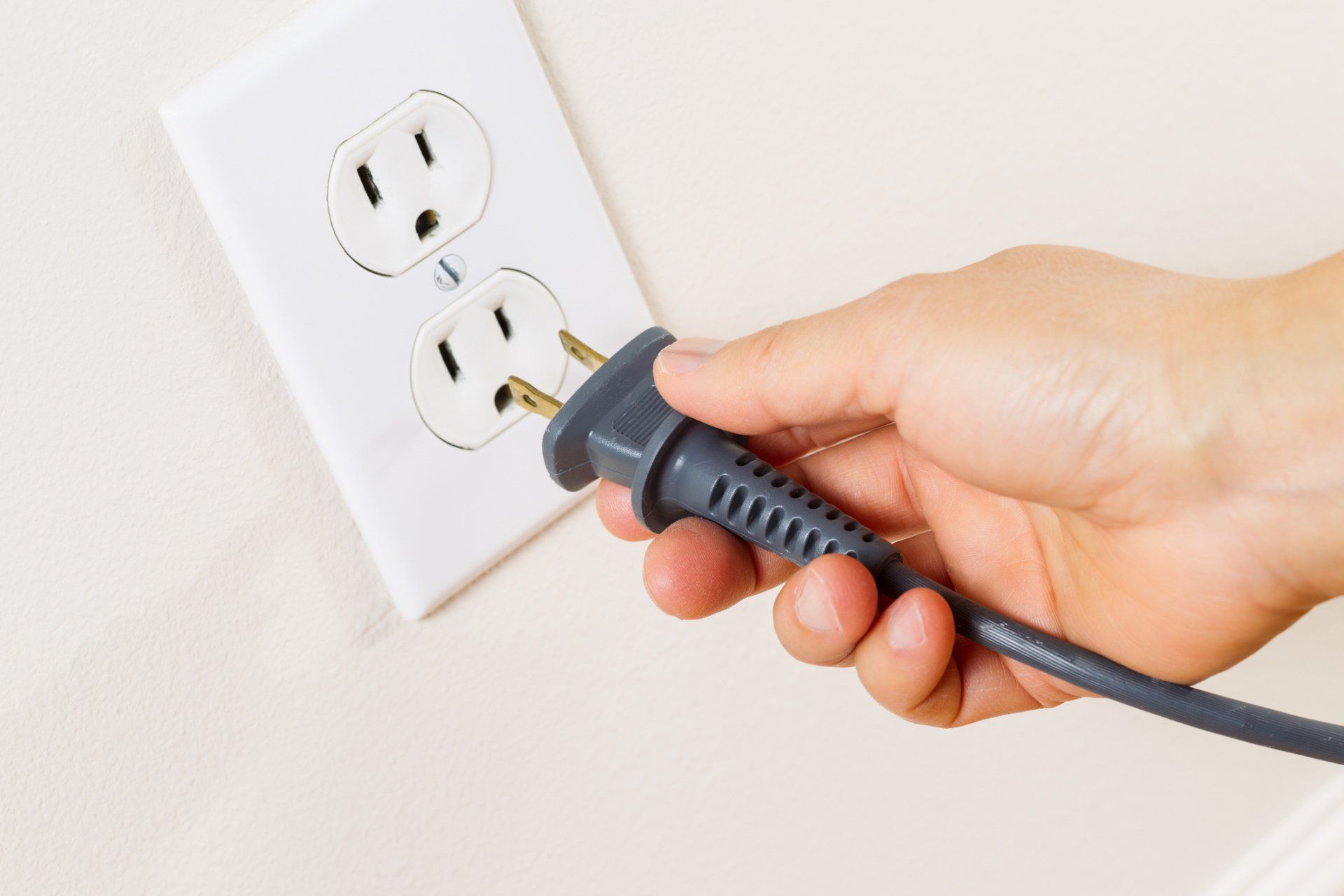4 Quick Steps to Check for Wiring Red Flags in a House
When looking over a house you'd like to buy, it's easy to be overwhelmed by all the things you feel like you need to evaluate. Being prepared in advance can help you prioritize: you can check some items now and leave others for the professional electrician or home inspector to deal with later.
Here are four quick steps to help eliminate some of the most obvious issues as early on as possible.
1. Watch for Dimming Lights
Lights that dim briefly or flicker can be a sign of a moderate issue or a highly dangerous issue. One common reason for dimming lights is because an AC unit switched on. Both systems running simultaneously can cause dimming if there's AC damage, or an electrical issue could be the culprit.
For example, a short in the AC wiring, a problem with the wiring to your lights, or an AC unit that's on an overloaded circuit could be at fault here. Any of these issues could mean you'll need electrical repairs. If lights flicker irrespective of the AC unit, you could have a more serious problem such as a loose wire.
2. Check for GFCI Outlets
GFCI outlets are an amazing invention and can help prevent fatal electrocution, so keep an eye out to make sure they're present. You can tell an outlet is a GFCI outlet if it has two buttons labeled "test" and "reset."
Ideally you should push the test button (while something is plugged into the outlet) just to make sure the outlet is functioning. GFCI outlets are required in the kitchen, bathroom, and similar areas as well as outdoors.
In some cases, you may find a combination of GFCI and non-GFCI outlets. A good electrician can wire other outlets downstream of the GFCI so that it can shut them off as well if it detects a break in current. Have your electrician check these outlets later on. Just because there is a GFCI outlet in the area doesn't necessarily mean it's wired correctly to other nearby outlets.
3. Give the Circuit Breaker Box a Once-Over
The circuit breaker box, also known as the electrical panel, should have at least a 200-amp capacity. (This is written on the main circuit breaker.) Circuits should be clearly labeled. Also check for any warmth, scorch marks, sparks, or a burning or melting smell coming from the electrical panel.
If the home has a fuse box instead, that may not be a deal breaker, but it could be a red flag indicating that some other parts of the system aren't up-to-date either.
4. Count and Inspect All Electrical Outlets
Even if the home you're looking at is only a few decades old, it may not have the outlets needed to support today's device-heavy lifestyle. Most areas of the house should have wall outlets 12 feet
apart or closer. Too few outlets can encourage overloaded outlets or over-reliance on extension cords and power strips, which can be an electrical hazard.
If you have one available, you can also carry an outlet tester with you to make sure all the outlets work as they should. If any of them fail the test, that's evidence of some type of wiring failure. It may be a simple issue at that outlet, or it could be a more widespread problem.
You should always check the electrical plates and light switch plates to make sure they're in good condition. Typically the seller will have replaced them if needed because it's such an easy fix. So if you do see any plates with scorch marks, that's a big red flag since it means there's an electrical problem and that the seller didn't even bother to replace the plate.
These four quick steps are relatively quick and easy to perform as you're looking at a house. They don't give a complete picture of all possible electrical issues (you'll need an electrical inspection for that) but can help give you a quick snapshot and identify some common red flags.
For more information on electrical repairs and what to do if your home or the home you're buying has any issues discussed here, get in touch with Express Electrical Service Plumbing, Heating & Air
today.

